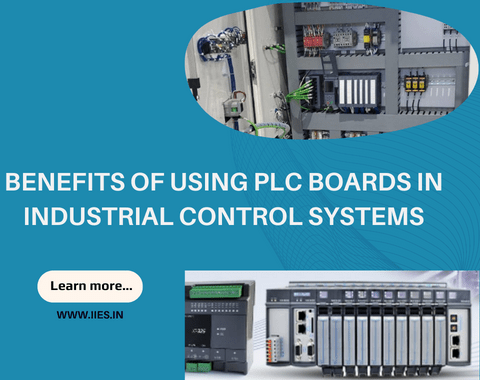PLC boards are widely used in industries due to the numerous benefits they offer.
Better Reliability
PLC systems have better reliability compared to traditional industrial control systems. PLCS is designed for harsh industrial environments, so they are durable and can work in various temperatures and conditions. Moreover, with their error-free operation, they help reduce equipment downtime, which reduces unexpected maintenance costs and improves productivity.
More Flexible
PLC boards are essential for industries requiring a quick changeover to various production processes. PLC boards allow for quick and easy modifications to production processes, thereby leading to a more flexible means of industrial process control. This flexibility ensures user-specific requirements are readily adaptable which reduces equipment downtime and setup times.
Low Cost
PLC boards are easy to install, maintain, and pass on cost savings to users while enabling them to create maximum return on investment (ROI). It represents a cost-effective solution since the control electronics of the components are integrated, saving thousands of dollars.
Easy Communication
PLC boards operate and communicate with various devices and systems seamlessly, enhancing the ability to monitor and communicate with other systems with ease by offering reliable and secure communication protocols.
Faster Response Time
PLC boards allow quicker control of inputs and devices with their rapid response rates. This, in turn, helps improve operational efficiency by detecting and correcting faults almost instantly.
Easy Troubleshooting
PLC boards make troubleshooting more seamless and result in quick and accurate problem resolution through the diagnostics and monitoring features of each device.

